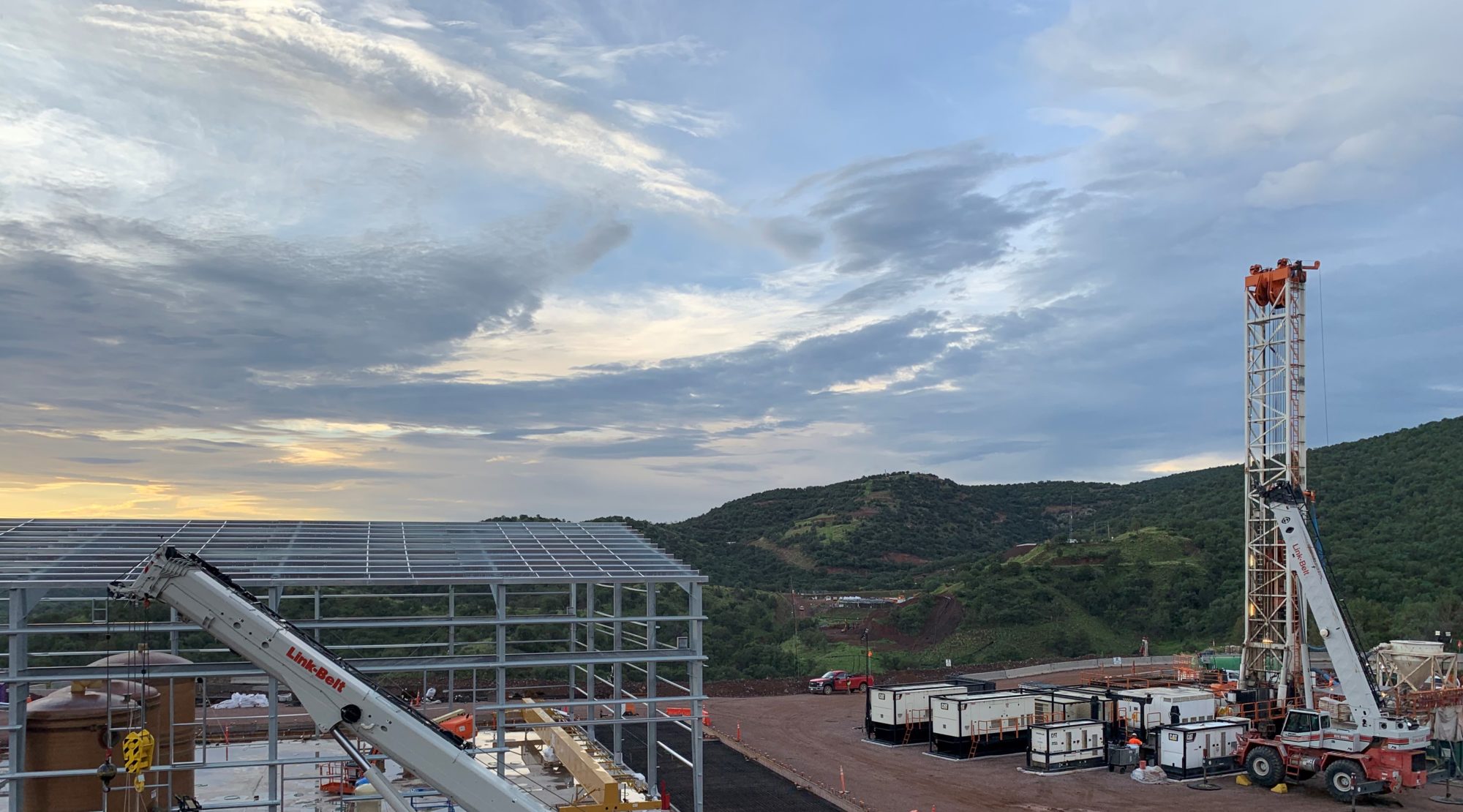A stellar set of annual financial results has provided the ideal backdrop for South32 to update shareholders on its rapidly progressing Hermosa project in Arizona, USA.
Released late last month, the company’s 2022 financial year results showed off record earnings of $2.6 billion, record free cash flow from operations of $2.6 billion and record return on invested capital of 30.1%.
With group copper-equivalent production expected to increase by 14% in the next financial year, South32 looked to be well leveraged to in-demand metal markets at the right time.
The company has progressively been repositioning its portfolio toward metals critical for a low-carbon future, having already established a pipeline of high-quality development options. One of these high-quality development options is Hermosa.
Hermosa, which the company acquired outright back in 2018 as part of a takeover of Arizona Mining, is key to the company’s critical metals pursuit, having exposure to base and battery metals that are expected to grow in demand – both domestically in the US and internationally.
It is being designed as South32’s first ‘next generation mine’, according to Hermosa President, Pat Risner, with a series of technical reports highlighting its use of automation and technology to minimise its impact on the environment and target a carbon-neutral mining scenario in support of the group’s goal of achieving net zero operational greenhouse gas emissions by 2050.
These same reports also highlighted the potential to develop a sustainable, low-cost operation producing zinc, lead and silver from the Taylor deposit, with the bonus of possible battery-grade manganese output for rapidly growing domestic markets from the Clark deposit.
In the latest results, the company said it was devoting $290 million of growth capital expenditure in the 2023 financial year to progressing Hermosa as it invests in infrastructure to support critical path dewatering and progress study work for the Taylor Deposit. This is ahead of a planned final investment decision expected in mid-2023, which should coincide with the feasibility study.

Some $110 million of this was assigned to construction of a second water treatment plant (WTP2) to support orebody dewatering at the asset, alongside dewatering wells, piping systems and dewatering power infrastructure.
An additional $95 million was slated for engineering and initial construction ahead of shaft sinking at the operation, plus work to support power infrastructure and road construction.
The remaining amount was expected to support work across the broader Hermosa project, including Clark study costs and the Taylor feasibility study.
All signs from these results are that the company is laying the groundwork to develop this project ahead of that mid-2023 deadline.
In another sign of progress, South32 recently signed a “limited notice to proceed” for shaft engineering and design at Hermosa with contractor Redpath, Risner confirmed, adding that the award represented a positive step forward for the project.
“We look forward to continuing our engagement with local communities and all of our stakeholders as we make further progress with the project,” he said.
Redpath will no doubt be evaluating the technical studies that have been signed off to this point and informing future reports.
The PFS design for Taylor is a dual shaft mine which prioritises early access to higher grade mineralisation, supporting zinc-equivalent average grades of approximately 12% in the first five years of the mine plan. The proposed mining method, longhole open stoping, is similar to that used at Cannington, in Australia, and maximises productivity and enables a single stage ramp-up to the miner’s preferred development scenario of up to 4.3 Mt/y.
Yet, the Clark deposit opportunity – which has become even more tantalising with the US Government invoking the Defense Production Act and supporting the production of critical metals including manganese – could see the plan change.
The company says it may accelerate the prefeasibility study for the Clark deposit, which is spatially linked to the Taylor deposit. A scoping study has previously confirmed the potential for a separate, integrated underground mining operation producing battery-grade manganese, as well as zinc and silver from the deposit.
South32 previously said Clark has the potential to underpin a second development stage at Hermosa, with future studies to consider the opportunity to integrate its development with Taylor, potentially unlocking further operating and capital efficiencies.
With a PFS selection study expected later this year, investors and interested parties will soon know the role Clark could play in the wider Hermosa project.
What is easy to gauge already is that Hermosa is progressing on a track that many other development projects in in-demand sectors have gone down.











